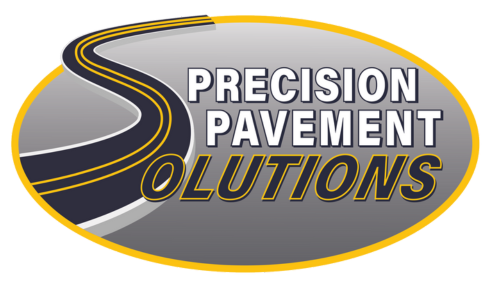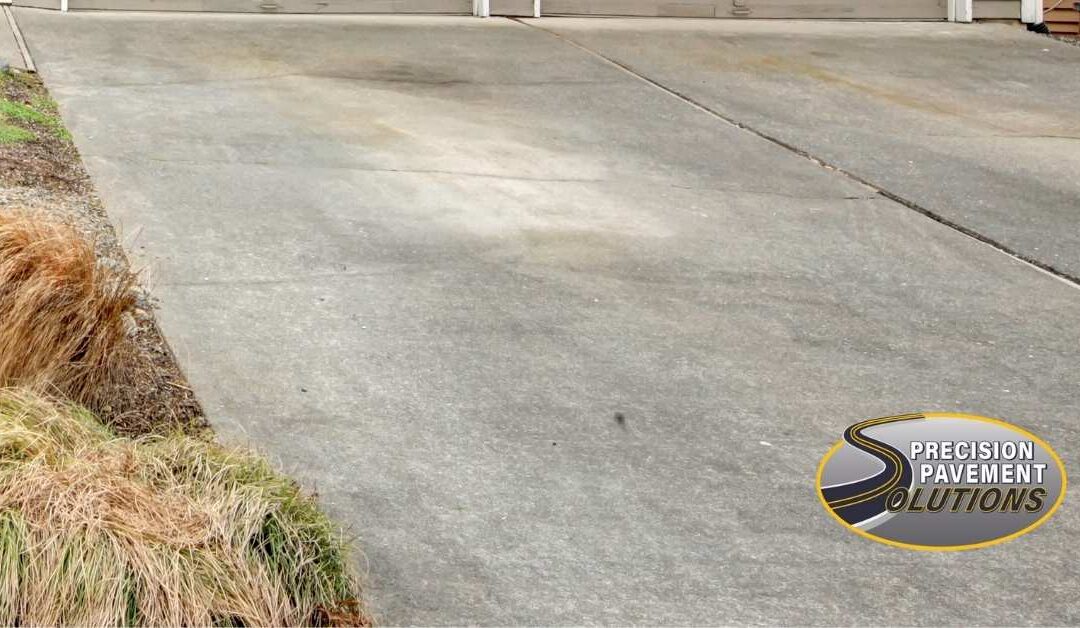Driveways are an integral part of the home’s exterior, but over time, they can develop unsightly cracks that may lead to significant damage if left unattended. Understanding how to effectively fix driveway cracks not only enhances your property’s curb appeal but also extends the lifespan of your driveway. Here, we’ll explore the best methods for repairing these cracks, from simple DIY fixes to more advanced techniques.
Assessing Driveway Damage
Before you can fix driveway cracks, it’s crucial to accurately assess the extent of the damage. This initial assessment will guide your repair approach, whether it’s a simple patch or a more extensive correction. Identifying the types and severity of cracks in the cement driveway provides a clear understanding of the underlying issues and helps prioritize the necessary repairs. Moreover:
Identifying Types of Cracks
Cracks in cement driveways can appear in various forms, including hairline cracks, scaling, spalling, or even deep, wide cracks. Each type indicates different underlying issues, from surface shrinkage to structural failures.
Understanding the Severity
The severity of driveway cracks can range from superficial to structurally significant, which impacts the type of repair required. Assessing the severity helps in deciding whether a simple patch will suffice or if more comprehensive measures are needed.
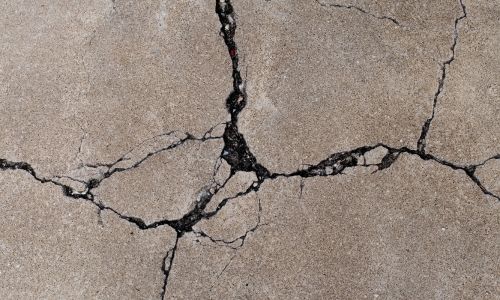
Preparation for Driveway Repair
Proper preparation is the key to any successful repair project. This includes thoroughly cleaning the driveway and gathering all necessary tools and materials. For a durable repair, especially when you’re looking to patch driveway cracks, ensure that the surface is free of loose debris and dirt. This stage sets the foundation for effective and long-lasting driveway repairs. Additionally:
Cleaning the Driveway
Before any repair, it’s crucial to thoroughly clean the driveway to ensure that the repair materials adhere properly. This includes removing debris, dirt, and any vegetation that has taken root in the cracks.
Tools and Materials Needed
The basic tools required for driveway repair include a chisel, hammer, broom, and a hose or pressure washer. Materials can vary depending on the type of driveway but typically include concrete filler, asphalt patch, or polymeric sand for pavers.

Top Methods for Fixing Driveway Cracks
There are several methods to address the common problem of how to patch driveway cracks depending on the material of your driveway. For concrete driveways, using a robust cement patch for driveway cracks might be the best approach. In the case of asphalt driveways, applying a specialized filler can be the best way to seal cracks in the asphalt driveway effectively. Each method aims to restore the functionality and aesthetics of your driveway. Moreover:
Concrete Driveways
For concrete driveways, the best way to seal cracks in a concrete driveway often involves using a cement patch for driveway repairs. Silicone-based sealants or epoxy compounds are effective for how to fix broken concrete driveway issues, providing a durable solution that prevents water infiltration.

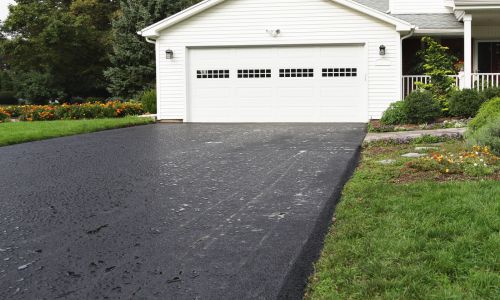
Asphalt Driveways
Fixing asphalt driveway cracks typically involves cleaning the area and then applying an asphalt patch. For larger problems, hot asphalt repair may be necessary. Always ensure to properly seal any patches to prevent future damage.
Interlocking Pavers
Pavers are generally easier to repair since you can replace individual pavers. For filling gaps between pavers, use polymeric sand, which solidifies to prevent weed growth and shifting.
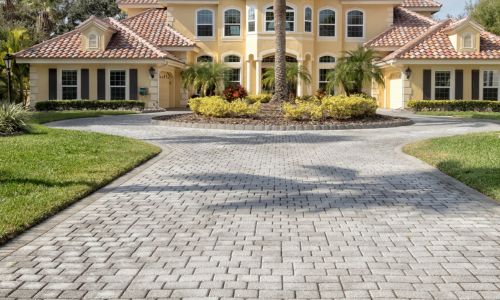
Advanced Repair Techniques
When basic filling and patching are not enough, advanced repair techniques such as resurfacing or slabjacking might be required. These methods are designed for extensive damage where the standard fix driveway cracks approach does not suffice. They can rejuvenate an old driveway and correct severe leveling issues, ensuring a smooth and durable surface. Additionally:
Resurfacing
When driveway damage is extensive, resurfacing might be necessary. This involves applying a new layer of material over the existing driveway, which can significantly improve its appearance and durability.
Slabjacking
If the driveway has sunk or shifted, slabjacking (or mudjacking) can lift the slabs back to their original level by injecting a grout mixture under the surface, stabilizing the foundation.
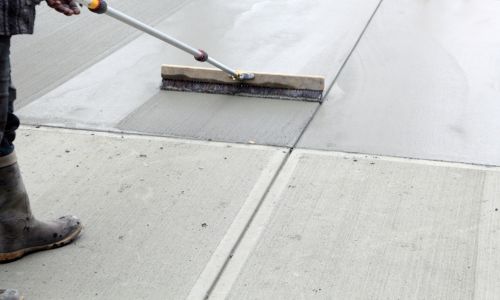
Preventative Measures to Avoid Future Cracks
The best approach to driveway maintenance is prevention. Regular maintenance routines and effective water management can significantly reduce the likelihood of future cracks. Implementing these preventative measures can extend the life of your driveway and minimize the need for frequent repairs. Also:
Regular Maintenance
Routine inspections and maintenance are crucial in extending the life of your driveway and preventing cracks from forming. This includes cleaning, sealing cracks, and applying a protective sealant every few years.
Water Management
Proper drainage is critical to prevent water from pooling and seeping under the driveway, which can lead to cracks and other damages. Ensure that your driveway slopes away from your home to manage water effectively.
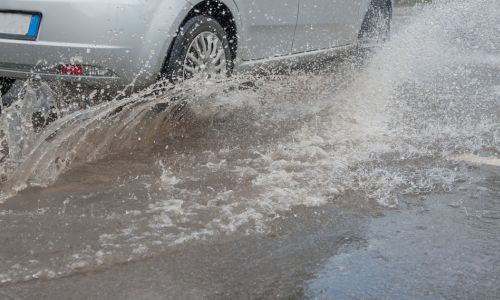
Finishing Touches: Enhancing Curb Appeal
Once repairs are completed, it’s important to focus on the finishing touches that enhance the curb appeal of your driveway. Sealing the driveway not only protects it from future damage but also boosts its aesthetic appeal, making a significant difference in your home’s overall appearance. Lastly:
Sealing the Driveway
Sealing is not only protective but also enhances the driveway’s look. A high-quality sealant can add a glossy sheen and make the driveway look new.
Aesthetic Enhancements
Consider adding decorative borders or staining the concrete to enhance visual interest and curb appeal.
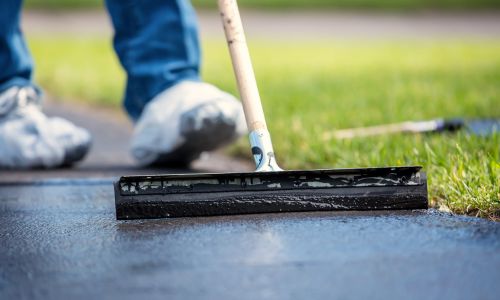
DIY vs. Professional Driveway Repair
Understanding when to tackle driveway repairs yourself and when to call in a professional can save you both time and money. While DIY methods might be suitable for minor issues, more significant problems often require the expertise of a professional. Comparing the costs and benefits of each approach will help you make an informed decision that ensures the longevity and beauty of your driveway. Additionally:
When to Call a Professional
For significant damage, a professional assessment might be necessary. If the structural integrity of the driveway is compromised, professional repairs or replacement might be required.
Cost Comparison
While DIY can be cost-effective for minor issues, crack repairs from professionals ensure longevity and are often more cost-efficient in the long term for more severe problems.
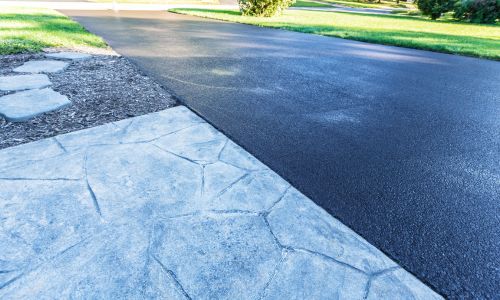
Conclusive Statement
Understanding how to patch driveway cracks and maintain your driveway can save you money and extend your driveway’s lifespan. Whether you opt for DIY methods or professional services, regular maintenance and timely repairs are key to keeping your driveway in prime condition.
FAQs on Fix Driveway Cracks
What Are the Best Ways to Seal Cracks in Concrete Driveway?
Use a concrete sealant or epoxy filler for smaller cracks, and consider a cement patch for larger sections. For lasting results, apply a sealant after the repair to prevent future damage.
How to Fix Broken Concrete Driveway?
Apply a concrete patch product, smoothing it over the broken areas to ensure a level surface. Reinforcing the patch with mesh can increase durability.
How to Patch Driveway Cracks?
Clean the crack thoroughly, fill it with a suitable patching compound, and smooth the surface for a seamless repair. Ensure the filler is compatible with your driveway material for best results.
Best Way to Seal Cracks in Concrete Driveway?
The best method involves cleaning the crack, filling it with an epoxy or polyurethane sealant, and allowing it to cure. Regular maintenance checks can help keep the driveway in optimal condition.
Can You Resurface a Driveway That Has Cracks in It?
Yes, resurfacing is possible and effective for driveways with extensive cracking, providing a fresh, new top layer. This process can also help stabilize the underlying structure.
